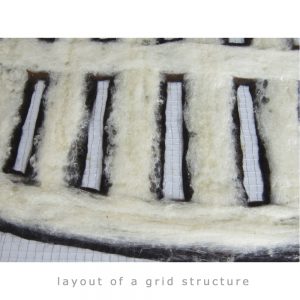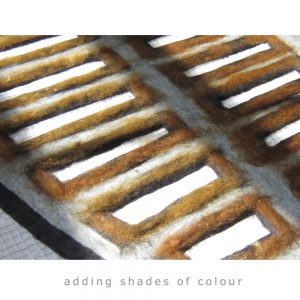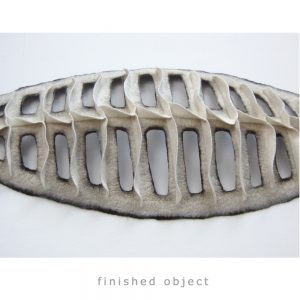FROM AN ANCIENT CRAFT TO CONTEMPORARY ART
Felting is one of the most ancient textile techniques, if not the oldest one at all, and has its origins with Central Asian nomadic tribes thousands of years ago. From wool they made all kind of every-day-items such as bags, blankets, carpets, covers for traditional tents and even warriors‘ shields. Centuries later, the craft found its way to Europe, but lost importance again when industrial ways of textile production became prevalent. Some traditions survived tough, in Eastern and Northern Europe.
In the last decades of the 20th century, craftspeople, artists and designers have re-discovered the qualities of wool and this simple but efficient technique of turning fibers into a dense, durable fabric. Since then, the popularity of feltmaking has constantly been increasing and wool is highly appreciated again as a naturally growing, eco-friendly material.
Feltmakers around the world have been organizing groups, conferences and festivals to exchange their knowledge and during the years developed a variety of contemporary interpretations of felt.
Felting does not require special equipment, but a good deal of time and manual control of the material. Fibers are spread out in several layers and a specific, oversized shape and then need water, soap and agitation, until they mingle, connect and shrink to form a piece of non-woven fabric. In contrast to other textiles, the soft material can even be molded into 3-dimensional, seamless, sculptural objects.
The character of each piece of felt is very unique and depends from the type and quality of the fibers used, treatment, felting time and – of course – the individual experience, skills and working techniques of the feltmaker.
Wool felt is a natural material with perfect insulating qualities, protective against heat, cold or humidity, it is sound-absorbing, breathable, light and very pleasant to wear.


